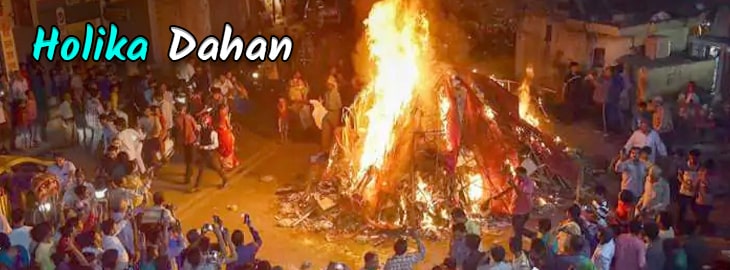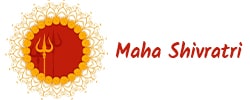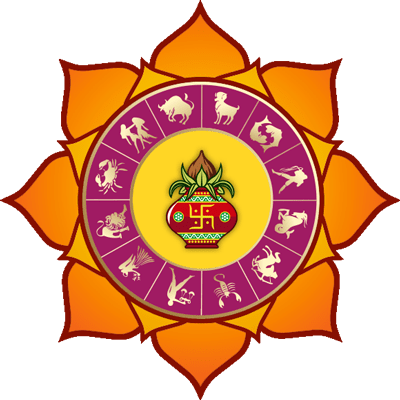
Holika Dahan
Get Holika Dahan 2024 date along with Holika Dahan time or Muhurat now for New Delhi, India. Holi Puja is also called Dolyatra, Dhulandi & Chhoti Holi.
Holika Dahan 2024
When is Holika Dahan in 2024?
Sun
24th
Mar
Holika Dahan Time & Muhurat For New Delhi, India
Holika dahan Muhurat : 23:15:58 to 24:23:27
Duration : 1 Hour 7 Minute
Bhadra Punchha : 18:49:58 to 20:09:46
Bhadra Mukha : 20:09:46 to 22:22:46
Holika Dahan, the first day of the celebration, is observed on the full moon day of Hindu month Falgun. On the next day, festival of colors (also known as Dhulandi, Dhulandi, and Dhuli) is famous. Festivity of Holi marks the triumph of good over bad.
Holika Dahan Rules According To Scriptures
Holashtak is considered from the 8th day of the bright half of Falgun month to the full moon of Falgun. All the favorable tasks are restricted during this 8-day period. On the day of Poornima (full moon), the bonfire ceremony of Holika Dahan is perform.
There are 2 main rules for this ceremony:
- Bhadra should not fast on that day. Vishti Karan (which is one of the 11 Karans) is any more name for Bhadra. One Karan equals to the half of a Tithi.
- The Purnima should fast in the Pradosh Kaal. In other words, Poornima should fast through the next 3 Muhurats after sunset.
On after that day of Holika Dahan (also known as Chhoti Holi), there is this custom of playing with colors with fun and pleasure. Peoples play, apply colors on each other and give a bear hug.
Legend behind Holika Dahan Celebration
As per the Hindu Puranas, when Hiranyakashyap (the king of the demons) observed that his son Prahlad worships Lord Vishnu, he got really angry. He ordered his sister Holika to seat in the fire while holding Prahlad in her lapel. It is because Holika was blessed that she cannot be sear in the fire. However, things didn’t go as per the plan. Holika got sear into ashes in the fire and nothing happened to the Vishnu devotee Prahlad. In the memory of this event, there is this Custom of performing Holika Dahan (burning the bonfire considering Holika). The festival of Holi gives a message that this is how deafening stays receivable to protect His devotees.
History of Holika Dahan
The narration of Holi has been witness for a very long time. There is a picture found from the 16th century in the capital of pristine Vijayanagara kingdom, Hampi. This image shows the celebration of Holi. Similarly, at Ramgarh, close to Vindhya Mountains, a 300 BC old caption has been found, which holds the description about Holi. Some people believe that on this day, Lord Krishna had killed a demoness named Pootna. Celebrating His victory, Gopis celebrated Holi with him.



